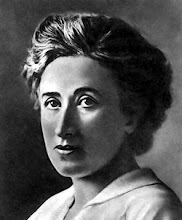The quality of the discussion on the Government's policy in relation to controlling content available on the internet became apparent with the release of submissions on the framework for opennness and transparency.
Writing in the Punch Eliza Cussen (who is described as a GetUp campaigner) has identified what she called the top ten internet filter lies. I provided a comment online which is paraphrased here.
I only focus on what was called lie number 5. The point is conceded that the content designated by the policy cannot be lawfully sold or distributed in other forms. A distinction is then drawn between the distribution in those forms and the "filter" impeding "one-to-one" communication.
In reality the policy is not for a filter - it is more technically a policy of "web page blocking". That significantly changes both what it is and how it operates.
As an example the Government has satisfied itself that the high volume sites referred to have their own content management regimes that actually can be relied upon and provide an exemption from the blocking regime. Unfortunately the media beat up over Facebook the other day allowed this to be converted into a Conroy assertion that he would order it to be taken down and it would.
In fact the major high volume sites are promoting a voluntary campaign to achieve the same objectives.
One of the more terrifying submissions to the DBCDE inquiry on transparency was one from an academic who argued that the RC rules were too restrictive because they would block a Japanese cartoon form of child pornography, which is supposedly OK because it is legal in Japan. Thankfully this week's The Economist notes that the Japanese themselves are reviewing their own approach.
Most of the accusations of "lies" rely upon a misrepresentation of the policy.
Wednesday, March 24, 2010
Subscribe to:
Comments (Atom)



